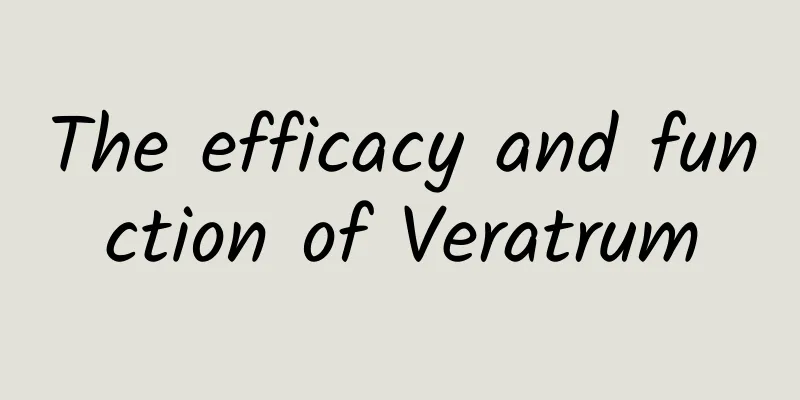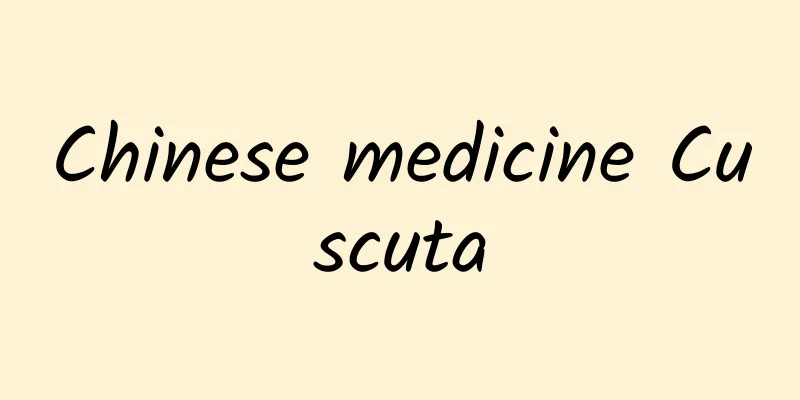What are some Chinese herbs that can lower cholesterol?

|
Nowadays, we can all find that our living standards are really getting better day by day, and many people also hope to have a better material life for themselves and their families by working harder. However, because some people work overtime for a long time and lack a reasonable amount of exercise time, this can cause a dangerous phenomenon of high cholesterol in the body. So what are some Chinese herbal medicines that can lower cholesterol? Many Chinese medicines have the effect of lowering blood lipids, such as: (1) Cassia seed, also known as Cassia seed, is the mature seed of the annual plant Cassia obtuse leaf or Cassia seed of the Leguminosae family. It is a traditional Chinese medicine with a sweet, bitter and slightly cold taste. It mainly contains plant sterols and anthraquinones. It has the effect of inhibiting the increase of serum cholesterol and the formation of atherosclerotic plaques, and has a significant effect in lowering blood lipids. In clinical practice, 50 grams of Cassia tora is often used, with an appropriate amount of water added, boiled and taken in two doses. Taking it for one month can gradually reduce cholesterol to normal levels. (2) Polygonum multiflorum is the root of the perennial herb Polygonum multiflorum of the Polygonaceae family. It has a bitter and cold smell and contains anthraquinones such as rhein, rhein, chrysophanol, and aloe-emodin. It can promote intestinal peristalsis, reduce cholesterol absorption, and accelerate cholesterol excretion, thereby lowering blood lipids and resisting atherosclerosis. In clinical practice, Polygonum multiflorum tablets are commonly taken orally, 5 tablets each time, 3 times a day, for 1 to 3 months, with an effective rate of up to 89%. Polygonum multiflorum has the effects of nourishing the liver and kidneys, improving the essence and blood, and promoting bowel movements. It is especially suitable for elderly patients with hyperlipidemia, liver and kidney yin deficiency, and constipation. (3) Alisma orientalis is the tuber of the perennial swamp plant Alisma orientalis of the Alismataceae family. It is sweet, mild and cold in nature. It contains triterpenoid compounds, which can affect fat decomposition and reduce the raw materials for synthesizing cholesterol, thereby having the effect of lowering blood lipids and preventing and treating atherosclerosis and fatty liver. Alisma Lipid-Reducing Tablets are commonly used, 3 tablets each time, 3 times a day, and one course of treatment is 2 to 3 months. Through the simple explanation of the above paragraphs, I believe that everyone should have a more scientific and comprehensive understanding of the issue of Chinese herbal medicine for lowering cholesterol! In addition, I would like to point out that although hard work can bring us good material rewards, we must also pay attention to our physical health, try to have regular physical examinations, and stay away from the onset of high cholesterol. |
<<: What are the Chinese medicines for lowering cholesterol?
>>: What are some herbs that lower cholesterol?
Recommend
He studies large models at Westlake University, hoping to make AI understand human happiness and sadness
There are two iceberg model pictures of conversat...
What are the effects and functions of Chinese medicine Shouwu
Traditional Chinese medicine has many precious me...
India’s space docking test finally succeeded after three failures: How difficult is it to “thread the needle” in space?
On January 16, India's two small satellites s...
The efficacy and function of bamboo seven
In daily life, people are not only very familiar ...
How Dirty Is Ice in Drinks? Now You Know the Truth...
The temperature has been over 40 degrees Celsius ...
The efficacy and function of Caoxieqing
There are so many medicinal herbs in the world, a...
What are the effects and ways to eat Cordyceps
Cordyceps is a food that is very rich in aerobic ...
Nutritional value of golden coin turtle eggs
With the continuous improvement of people's l...
The efficacy and function of Quercus
Do you know about oak? It is a common medicinal m...
After checking out more than 30 types of vinegar in the supermarket, the most recommended one is... You won’t waste your money after reading this!
In the fast-paced life, people often pursue simpl...
A 33,000 square kilometer radio silence zone with no signal, a paradise where mobile phones are prohibited
Author: Duan Yuechu In the United States, there i...
What is the pine pollen beauty method?
Pine pollen is called the sperm of pine plants. I...
Three pieces of silk fabrics recreate the shock of the Silk Road!
Spanning 5,000 years, more than 210 pieces/sets o...
The efficacy and function of creeping Saussurea chinensis
Speaking of creeping saussurea, I believe many fr...
Nature: Intestinal flora has a new role to play! It may protect against the harm of smoking
Feeding cesarean section babies a small amount of...









